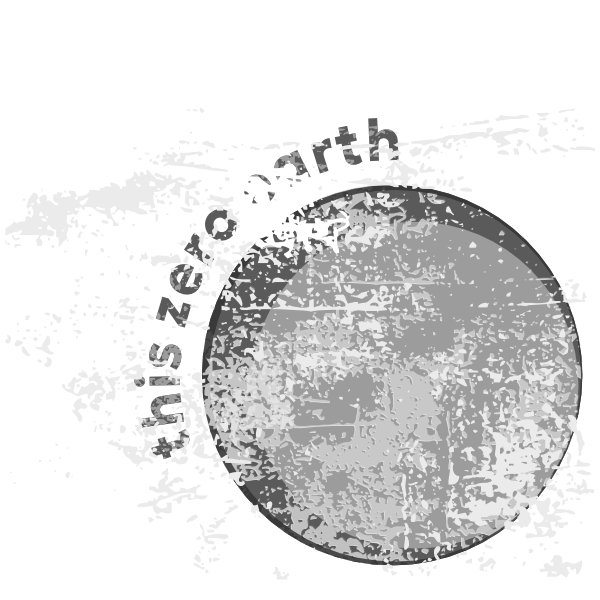
Vignette #1 — Cal
Cal reaches up, fingertips brushing the rock to test it. The edges crumble, flake into dark, brittle crumbs. He brushes them away and they ping wetly against the rock face. Beneath the crumbling edge he finds enough to grip, hauls upwards and shifts his feet. It's only a few metres up to the ledges, and it's different every time. There is no route up the rock when it's shedding, collapsing every day. Looking up.
The Aiguille du Midi scuds visible through the mist and cloud. The weather is shifting up here, with luck there would be blue sky at the top by the time Cal reaches it. At At 3842m, the Aiguille was once the pinaccle of Alpine tourism. Now little more than a rotting concrete bunker shrouding the tip of a damp, bleak, near vertical spine of granite. Still, it's a sheltered place he and the others can inhabit.
Below, the sheer climb levels out to a broad shelf a thousand metres above the valley floor. There, a string of little homesteads trail along in the grass and bog. Subsistence farms scraping a living growing squash and strange half-breed melons in the terminal moraine. Mineral rich, warm but, but almost always held damp by cloud and rain, at that level. Sheep and other livestock potter around, chewing on the scrubby tufts of grass and moss that grow between the sea of rocks. Goats gnaw at lichen. The farmers hold back the ever rising treeline—around where they've settled, the forest is slowly rising where glaciers once fell.
The valley floor itself is bare, parched and dry. The old forest walls nothing more than stumps, from wave after wave of fire. The rich land of the valley torn away by torrential floods. Where towns, roads and railways once inhabited the land there is little more than rock, rubble and endlessly rushing water.
More clambering and sprays of rock fragment, Cal reaches the ledge from where he can wind upwards through some narrow gullies and steep rock stairs. He pauses, then turns to look down and haul his baggage up towards him. It's his regular commute now, and he pulls hand over hand with a meditative rhythm. The lightweight rails strapped to his bag slide against the rock, easing its passage upwards towards him.
Looking down, the rusting cables of the old cable car still snake down the rock where they fell,red and rusting in the drifting light. The carcass of the cars themselves visible in the drifting light, still wrapped around the rock where they fell, when the permafrost that held the stanchions melted and the cables gave way. This was years after tourists left the area, with no snow and mountaineering to draw them. There's no way to move them, hundreds of tons of cable, they're becoming part of the mountain now.